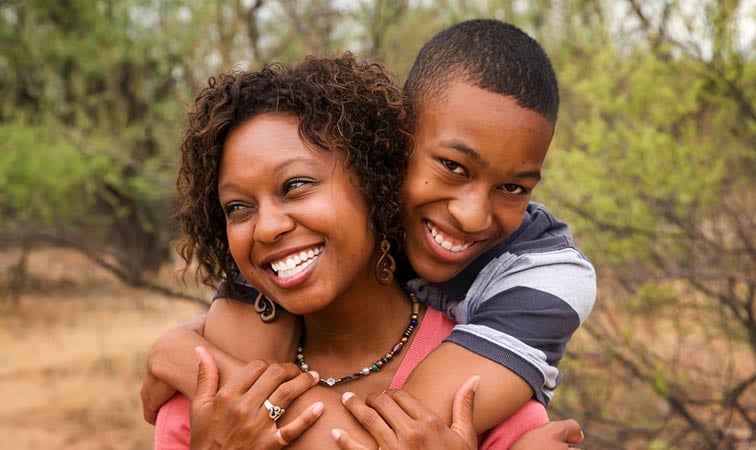About This Lesson
Explore how the science and skills of happiness can increase social connections by teaching your students about responding to good news with Showcase the Good.
This comprehensive bundle includes everything you need to bring Showcase the Good into the classroom, from teaching slides and notes to supplementary resources.
Learning Objectives
- Students learn to identify, recognize, and define each of the four response styles to good news.
- Students learn to respond with active constructive responses to good news.
- Students learn to notice, track, and share their own good news with others.
Here’s what you’ll get:
An entire Showcase the Good unit, including,
- Student instruction and lessons in Google Slides format
- Teacher's guide in speaker notes
- Printable worksheets, activities, and materials for students
- Answer keys for all lesson activities
Begin teaching Showcase the Good!
- Activity 1: What is Good News?
- Activity 2: Introduction to Good News Response Styles
- Activity 3: Name that Response Style
- Activity 4: Role Play Responding to Good News
- Activity 5: Showcase the Good Everyday
Integration into Current Instruction
- For students who participate in a Morning Meeting or have Brain Breaks throughout the day, have students Showcase the Good by sharing good news with a partner and practicing an Active Constructive Response back during this timeframe.
- Designate a space in your classroom for students to pair up and share good news. They can enter this spot in the room with their partner and engage in Showcasing the Good. The student can share their good news to their partner, and their partner can respond with an Active Constructive Response.
- When your classroom travels to an activity through the hallways (example: to lunch, to a special, to dismissal at the end of the day), break your line into two and allow the students to walk and talk with a partner about recent good news. One partner shares their good news first, while the other responds with an Active Constructive Response — then switch turns.
Why you’ll love this unit study:
*The lessons and activities are easy to read and implement
* You can use each lesson as a standalone activity or as part of a comprehensive, science-based unit study
* This unit study comes with activities, downloadable worksheets, and even IEP and BIP recommendations tailored specifically to students with autism
Ways to Use
- Incorporate into SEL curriculum
- Integrate into small groups and/or individual counseling sessions
- Use as a brain break to help with transitions
- Families can use this at home, too!
What is Showcase the Good?
When we experience something positive, our natural instinct is to share it! This process, known as capitalization, allows us to savor good moments—but the way others respond makes all the difference. Studies show that when we experience something positive, our first instinct is to share it. But how others respond can either strengthen or strain our relationships. Researcher Shelly Gable identified four response styles to good news–only one truly builds connection: leaning in, asking engaging questions, and amplifying others' joy.
Science of Showcase the Good
The science is clear — only 1 of 4 response styles strengthens relationships and benefits wellbeing. Active Constructive responding, otherwise known as Showcasing the Good, is the only response style that boosts wellbeing, trust, intimacy, social connections and positive affect. Passive Destructive, Passive Constructive, and Active Destructive all deteriorate relationships and wellbeing. There are also individual differences in how response styles are interpreted. For instance, individuals who are not securely attached might not recognize or interpret responses in the same way as those who are securely attached. The science is not as clear on the right “dose” of Showcasing the Good for long-term benefits.
People who regularly give and receive Active Constructive Responses to good news are more likely to experience:
- Increased wellbeing
- Stronger memories of positive events
- Increased positive affect
- Increased trust
- Stronger social connections
Learn more about the science behind Showcase the Good.
Looking for more SEL Resources?
- Explore the free Showcase the Good Unit Study, which comes with teaching slides, additional worksheets and activities, and even IEP and BIP recommendations tailored specifically to students with autism.
Proof Positive’s resources are and will always be free. Be well!
Bonus access to full lesson plans and unit studies on the skills of happiness at our Skill Center













